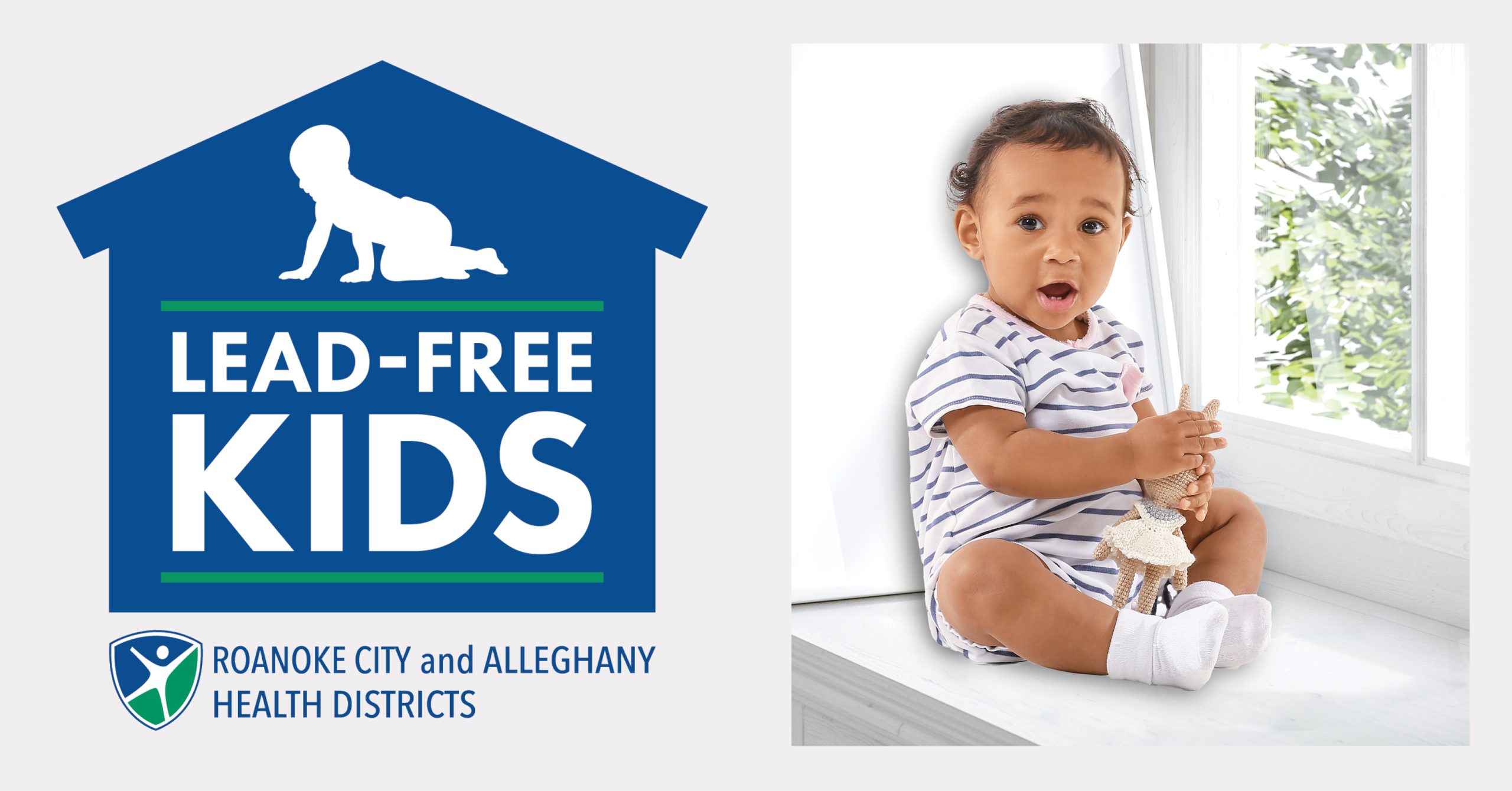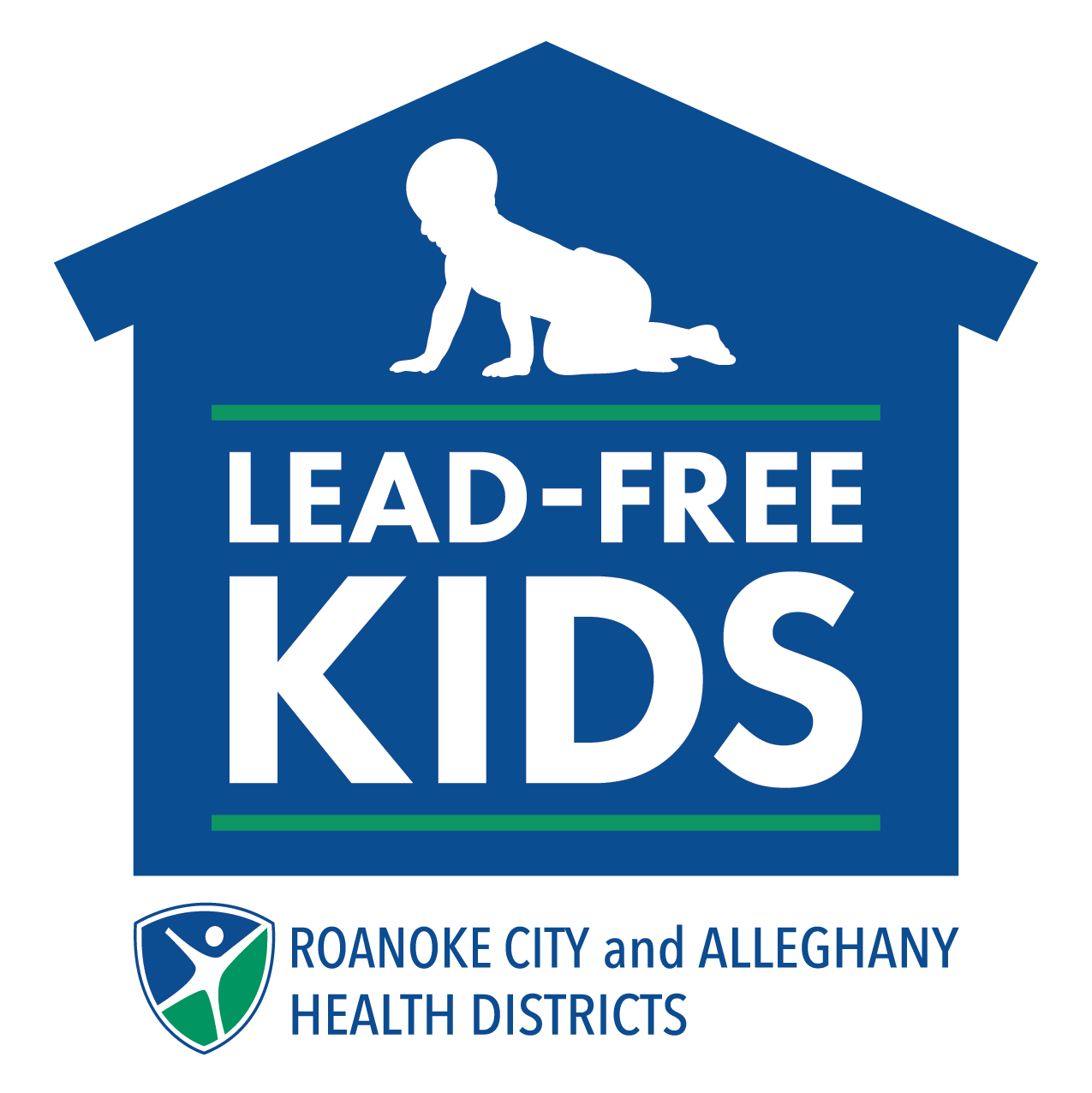
Lead Poisoning Prevention
Today, childhood lead poisoning is considered the most preventable environmental disease among young children, yet nearly half a million U.S. children have elevated blood-lead levels, according to the Centers for Disease Control and Prevention (CDC).
A simple blood test for your child can prevent permanent damage that will last a lifetime.
- Get Your Home Tested. Ask for a lead inspection before you buy a home built before 1978.
- Get Your Child Tested. Ask your doctor to test your young children for lead even if they seem healthy.
- Get the Facts. Learn how to prevent lead poisoning.
Which children should be tested?
The CDC recommends young children to be tested if they fall under one or more of the categories listed below.
- live or spend time in a house or building built before 1978
- are from low-income households
- are immigrants, refugees, or recently adopted from less developed countries
- live or spend time with someone who works with lead (such as people who work in construction) or who has hobbies that expose them to lead
Children may not exhibit any signs of lead poisoning, yet without treatment, the damage could be permanent. The only way to know if a child has elevated levels of lead is to have them tested by a physician.
Visit the CDC for more information on testing for lead poisoning in children
Testing Children for Lead Poisoning
Call us to make an appointment to talk about resources!
- Alleghany / Covington /
Clifton Forge Health Dept:
(540) 962-2173 - Botetourt Health Dept:
(540) 666-4275 - Craig County Health Dept:
(540) 864-5136 - Roanoke City Health Dept:
(540) 283-5050 - Roanoke County /
Salem Health Dept:
(540) 387-5530 - Roanoke County /
Vinton Health Dept:
(540) 857-7800
RCAHD Case management for lead exposure
When a physician reports a child (normally age 6 or younger) with a high lead level to RCAHD, a environmental health specialist and public health nurse case management team will jointly make visits to the child’s home (and other places the child may spend time, such as day care centers or babysitters) to learn how the exposure may have occurred.
Since lead-based paint wasn’t banned until 1978, more than 80 percent of homes have lead-based paint. For example, in Roanoke City, 87 percent of homes were built before 1978 and are at risk of having lead based paint. Normally dust wipes and samples from chipping paint, water and/ or soil are collected and sent to a private laboratory for analysis to determine the source of lead in the child’s environment. In addition, the case management team advises the parents of proper diet and cleaning practices to reduce the child’s lead levels.
About lead
Lead is a highly toxic metal that was used for many years in products found in and around our homes. Lead may cause a range of negative health effects, from behavioral problems and learning disabilities, to seizures and death. Children 6 years old and under are most at risk, because their bodies are growing quickly.
Sources of lead
National research suggests that the primary sources of lead exposure for most children are:
-
- Deteriorating lead-based paint
- Homes built before 1978 are at risk of having lead-based paint
- Dust from lead based paint worn down by repeated friction of opening and closing of windows and doors
- Improperly remodeling or renovating a home with lead based paint
- Soil around the home and play areas that is tracked inside the home
- Other:
- Imported homeopathics, home remedies, food, spices, and cosmetics
- Imported toys, chalk and crayons
- Imported or old ceramics, dinner ware, pottery
- Water pipes with lead solder, brass plumbing fixtures
- Deteriorating lead-based paint
Changes in the law have added protections to greatly reduce the amount of lead in our homes and in the air. But it is important to remember that lead does not break down over time. Therefore, you should know how to identify sources of lead in your home and how to keep your family safe.
In older homes that may have been painted with lead-based paint (often built before 1978), make sure household members avoid peeling paint and paint dust in window sills. Homes built before 1950 pose the greatest hazard to children because they are more likely to contain lead-based paint.
- Any peeling paint should be removed and the paint chips swept in garbage bags and thrown away. Removal of lead paint is hazardous and should be done by a qualified professional. Children should not be present when scraping or cleaning up paint chips.
- Dust should be kept to a minimum by damp mopping and using a wet cloth to clean walls, window sills, and other surfaces. Vacuuming is not advised as it can spread dust containing lead.
- Wash your hands regularly, particularly before meals and after playing outside.
- Do not store food in open cans, particularly if the cans are imported.
- Avoid eating from, cooking with or storing food in pottery and ceramic dinnerware that is intended for decorative use or the lead content is unknown.
- Eat foods rich in calcium and iron to prevent lead absorption into the body.
- Anyone whose homes were built prior to 1986, or who may be particularly concerned about lead in their household plumbing, should let cold water run from the faucet for 60-90 seconds prior to using water for drinking or cooking, keeping in mind that boiling water does not reduce lead in water.
For more information on renovation, repair and painting activities:
- Environmental Protection Agency (EPA) pamphlet Renovate Right: Important Lead Hazard Information for Families, Child Care Providers, and Schools (also is available in Spanish).
- Get more tips for preventing childhood lead poisoning on the EPA website or by calling 1-800-424-LEAD.
Resources:
- Virginia Department of Health Lead Safe Program
- Lead Safe Roanoke
- Lead Recalls - U.S. Consumer Product Safety Commission
- Learn About Lead - EPA
- Lead - CDC
- Lead Hazard Control - Housing and Urban Development
- National Center for Lead Safe Housing

